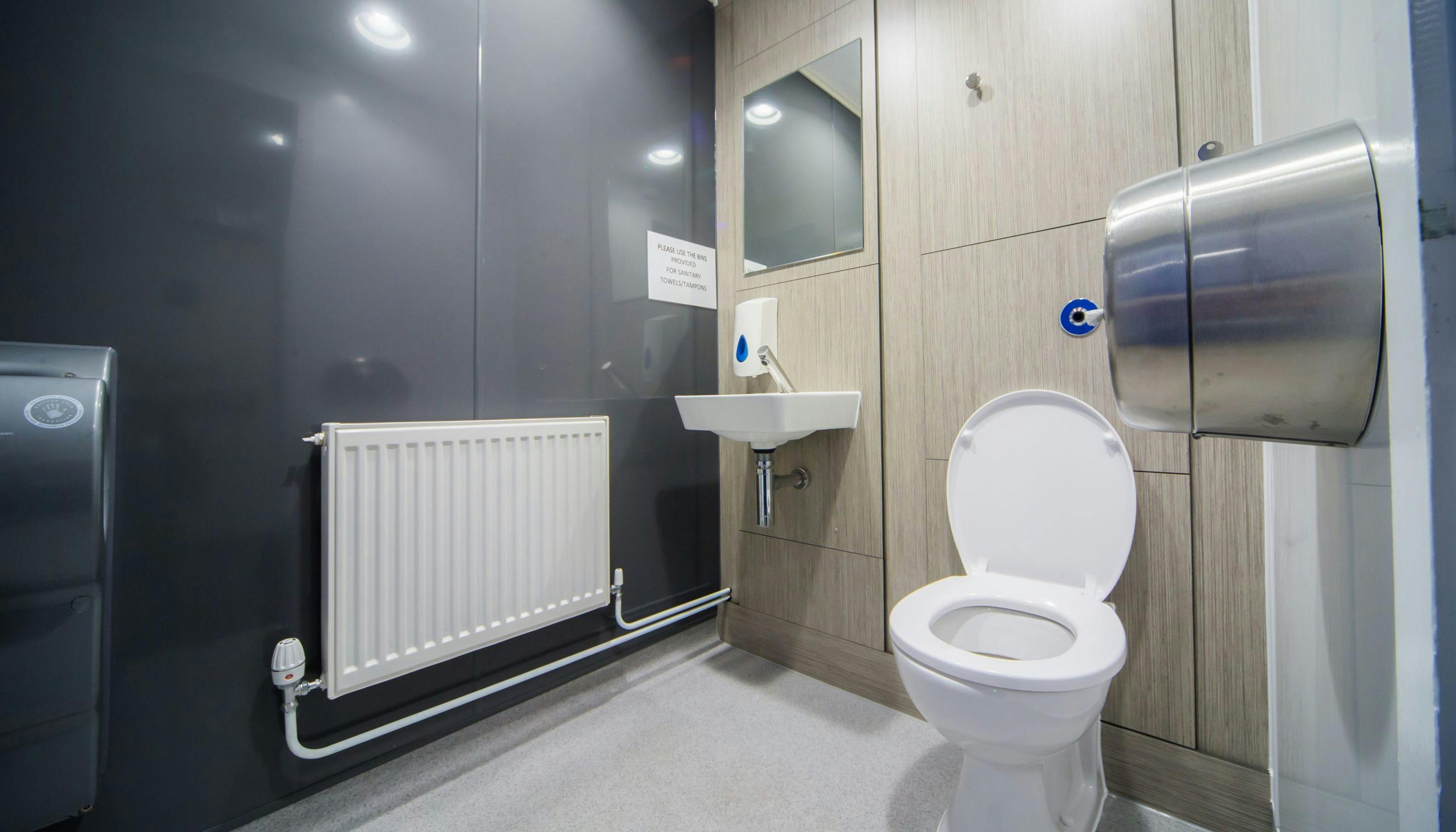Whether you’re fitting a new school toilet or facilities in a community space, it's important to accommodate those with accessibility needs. This includes providing disabled toilets to ensure they can rely on your business/corporation and receive the same rights as everyone else who walks through the door.
To ensure your space does provide adequate provisions for all, the Equality Act 2010 provides an array of regulations that must be followed. However, to be fully inclusive and to give everybody a positive toilet experience, it's important to know what features and additional fixtures are required.
No matter what your industry background, here are some basics to know when it comes to disabled toilets and the key things to include when investing in a fit-out or refurbishment.

Key features of a disabled toilet
Measurements and dimensions
An accessible toilet should provide enough space for a wheelchair user to enter and manoeuvre easily without restrictions. You’ll also need to consider that some users may require the assistance of a carer or support worker, requiring further space.
The recommended size for a disabled toilet is at least 2,220mm x 1,500mm.
Support rails
To help aid mobility within a toilet cubicle, grab rails are essential to offer support and safety. As well as wall-mounted vertical and horizontal grab rails, at least one drop-down rail is needed for the side of the toilet seat.
Not only is the placement important, but the colour of the rails also needs to contrast against the walls so that they stand out and are easy to recognise for the visually impaired.
Signs and information
In many disabled toilets, there will be a number of different signs posted around, offering information, advice, warnings and instruction. Whether this is about how to wash your hands thoroughly or how to use the alarm systems, signs are important for those who need a little more support.

Wash basin placement
The washbasin or vanity unit must be within arm's reach of a seated toilet user to ensure visitors can wash their hands before dressing and manoeuvring themselves. The basins and taps need to be installed to the dimensions stated by the law.
Find out more about the rules and regulations around disabled washrooms.
Alarms and support systems
Accessible toilets should have an alarm system in place which can be operated easily and is fully functioning at all times.
Depending on the layout and size of the space, many cubicles come with multiple alarm points so that if there is an accident, the alarm can be activated no matter where the user is. Whether that be a button on the wall or the floor. As a company, you must also ensure that there are strategies and procedures in place for when these alarms are activated.
Easy-to-use equipment
Everything installed and used in a disabled toilet should be designed to be accessible for everyone, meaning adjustments will be required in terms of the positioning of your equipment placement and choice.
This includes having space around your toilet to enable movement, grab rails, fixture placement and simple accessories such as the types of taps and hand dryers, flush, toilet roll dispensers and toiletries.

Disabled toilet refurbishments across the UK
With disabled toilet design being a legal requirement for most establishments, it’s important to cater to everyone who may be using your facilities. With that in mind, our designs for disabled toilets incorporate everything you might need including both external and internal features.
Give us a call today on 0115 811 4242 and let’s talk about your disabled toilet needs!

